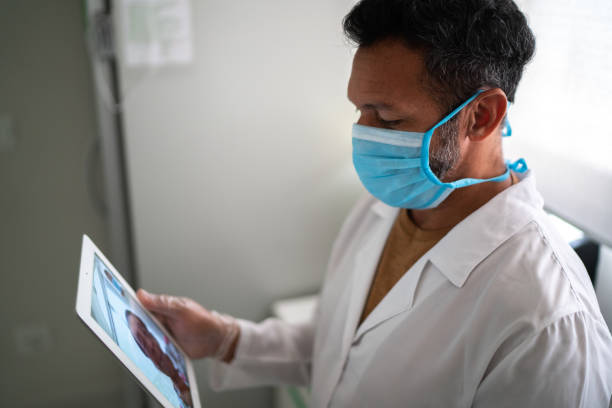How to Choose Right Patient Monitoring System for Your Practice
In the realm of healthcare, chronic care companies are crucial in improving patient outcomes through the use of advanced patient monitoring solutions. These innovative technologies not only track patients' vital signs but also offer invaluable data to healthcare providers. By implementing effective patient monitoring solutions, chronic care companies can provide continuous and proactive care, significantly enhancing patients' health and quality of life.

The Role of Chronic Care Companies
Chronic care companies focus on managing long-term health conditions such as diabetes, heart disease, and respiratory disorders. They combine medical expertise with state-of-the-art technology to monitor and manage patients' health more effectively. Through patient monitoring solutions, these companies can track various health metrics in real-time, such as heart rate, blood pressure, glucose levels, and oxygen saturation.
Benefits of Patient Monitoring Solutions
Continuous Monitoring
One of the primary advantages of patient monitoring solutions is the ability to perform continuous monitoring. This constant surveillance allows healthcare providers to detect any deviations from the norm promptly. For example, if a patient's glucose levels rise suddenly, the monitoring system can alert the medical team, enabling them to take immediate action.
Early Detection and Intervention
Early detection of potential health issues is another significant benefit. Patient monitoring solutions provide real-time data that can indicate the onset of complications before they become severe. This early warning system allows healthcare providers to intervene quickly, reducing the risk of serious health events and improving patient outcomes.
Enhanced Patient Engagement
Patient monitoring solutions also foster greater patient engagement. By providing patients with access to their health data, these systems encourage them to take an active role in managing their conditions. Patients who are more engaged in their care are more likely to adhere to treatment plans and make healthier lifestyle choices.
How to Choose the Right Patient Monitoring System for Your Practice
Assess Your Practice's Needs
Choosing the right patient monitoring system starts with assessing your practice's specific needs. Consider the types of conditions you treat most frequently and the specific metrics you need to monitor. Different systems offer various features, so understanding your priorities will help narrow down your options.
Evaluate System Features
When evaluating patient monitoring solutions, it is essential to consider the features offered by each system. Look for systems that provide comprehensive monitoring capabilities, including vital signs tracking, remote monitoring, and alert management. Additionally, consider the ease of use for both healthcare providers and patients, as well as the integration capabilities with your existing electronic health record (EHR) system.
Consider Scalability and Flexibility
As your practice grows, your patient monitoring needs may change. Therefore, it is crucial to choose a system that is both scalable and flexible. Ensure that the system can accommodate an increasing number of patients and can be easily updated or expanded to include new features or functionalities as needed.
Assess Data Security and Compliance
Data security and compliance are critical factors when selecting a patient monitoring system. Ensure that the system complies with all relevant regulations, such as HIPAA in the United States, to protect patient privacy and data security. Additionally, look for systems that offer robust data encryption and secure data storage solutions.
Evaluate Cost and Return on Investment
While cost is an important consideration, it should not be the sole factor in your decision-making process. Evaluate the total cost of ownership, including upfront costs, ongoing maintenance, and potential training expenses. Consider the return on investment (ROI) in terms of improved patient outcomes, increased efficiency, and potential cost savings from early detection and intervention.
Seek Recommendations and Reviews
Finally, seek recommendations and reviews from other healthcare providers who have experience with patient monitoring solutions. Their insights can provide valuable information about the performance, reliability, and user-friendliness of different systems. Additionally, consider reaching out to the system providers for demonstrations and trials to see the systems in action.
Conclusion
Chronic care companies significantly enhance patient health through the use of advanced patient monitoring solutions. By offering continuous monitoring, early detection, and increased patient engagement, these solutions ensure better health outcomes for patients with chronic conditions. When choosing a patient monitoring system for your practice, it is essential to assess your needs, evaluate system features, consider scalability, ensure data security, and evaluate cost-effectiveness. With the right system in place, your practice can provide superior care and improve the quality of life for your patients.



Comments
Post a Comment